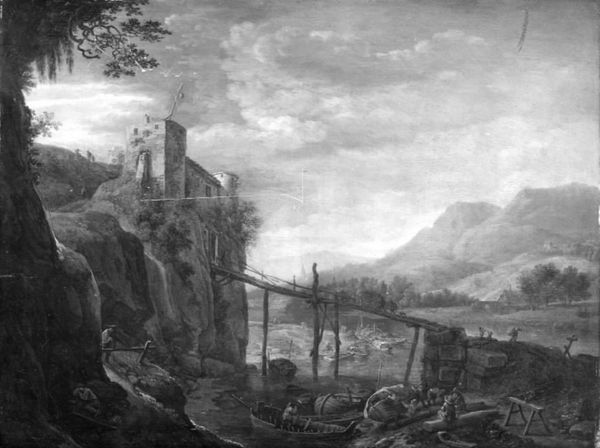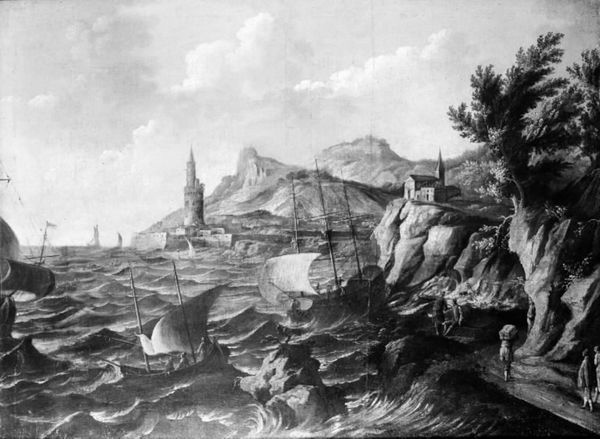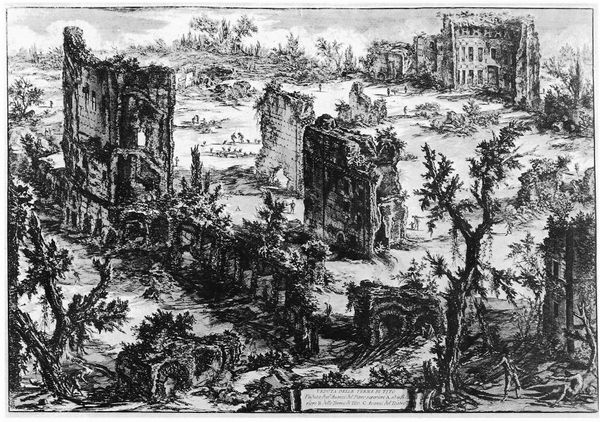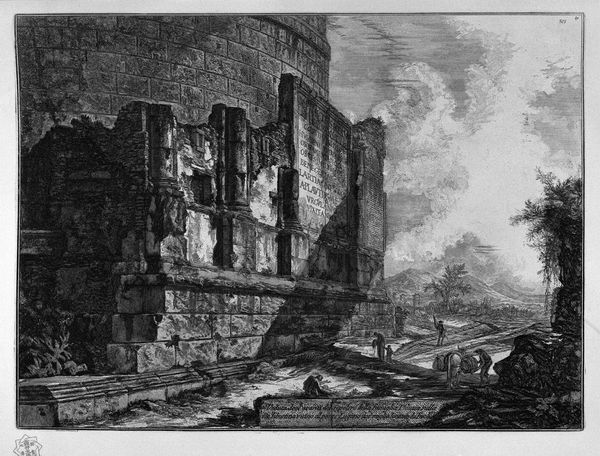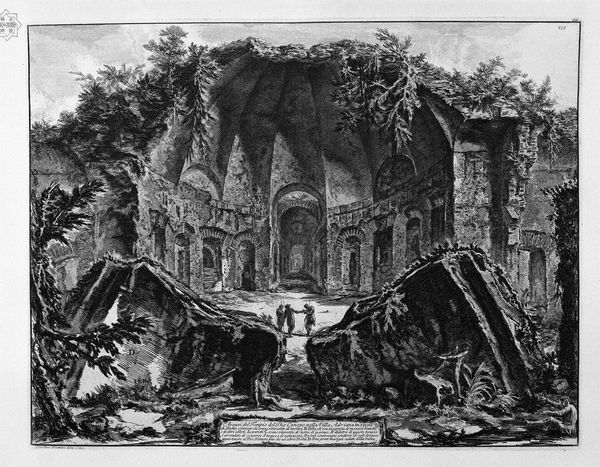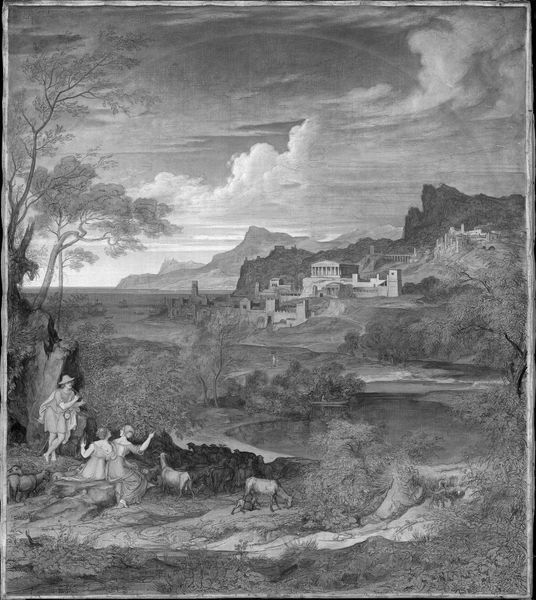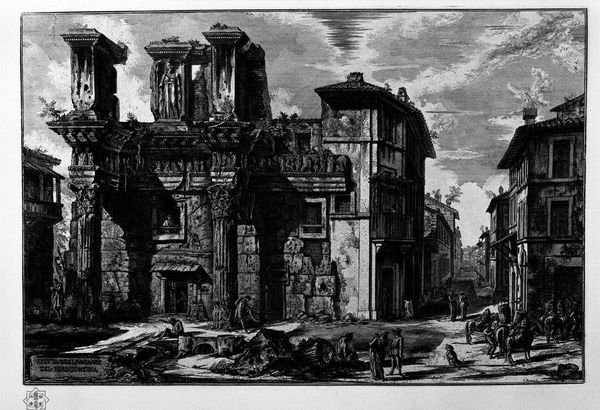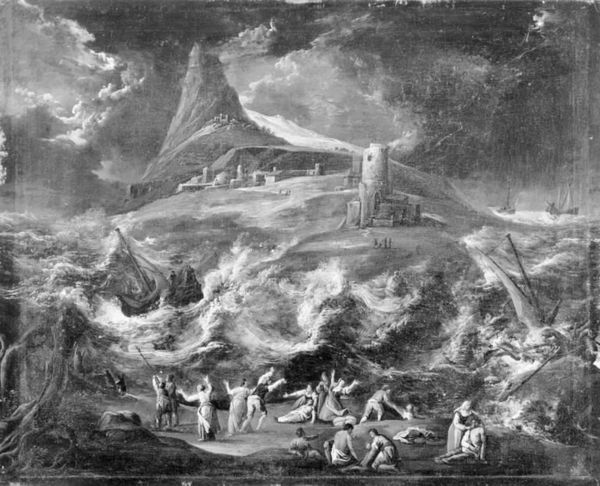
drawing, pen
#
drawing
#
landscape
#
landscape
#
pen
#
genre-painting
Dimensions: 25 cm (height) x 36 cm (width) (Netto)
Editor: This is "Village in the Hills," a pen and ink drawing from 1597 by Pieter Schoubroeck, currently housed at the Statens Museum for Kunst. I’m really struck by how active and alive this landscape feels. There's so much detail packed into one scene, it really captures your attention. What do you see in this piece, beyond the obvious landscape elements? Curator: Beyond the picturesque, notice the symbolic interplay between civilization and nature. Observe how the human activities, like the woodcutters and livestock tending, are integrated into the natural environment, but with an undertone of labor and perhaps even a sense of vulnerability within that nature. Ask yourself, is this harmonious, or something else? Editor: I see what you mean. It's not a perfectly peaceful scene, there is labour implied. So, would the integration mean the laborers blend harmoniously or get swallowed by the natural world? Curator: Both are valid interpretations. Think of the buildings; the ruined tower in the background and the dilapidated houses suggest transience and the relentless passage of time. Are they monuments to humanity's ambitions or warnings against them? Consider the animals, too. Their presence anchors the work in daily life, but what might they represent on a deeper level? Editor: That is really interesting! The animals could represent instincts, or even chaos alongside the 'order' of humanity. Is it fair to suggest the composition uses these things in this way to give us a more nuanced view of 16th century life? Curator: Precisely! The artist seems to be prompting us to consider our relationship to the environment and to ponder our place within the cyclical nature of time. And don't forget the overarching symbolism of light and shadow - their ever-changing dynamics evoke constant flux. Editor: That definitely gives me a new way to see this. It is much more complex and the imagery suggests the time and culture in which it was produced. Curator: It invites contemplation of our role, how much do we mirror our surroundings, or how do we exist in a reciprocal relationship? Perhaps the artwork provides a means for self-reflection and understanding.
Comments
No comments
Be the first to comment and join the conversation on the ultimate creative platform.
